
As I rode haphazardly through the streets of Berkeley in search of the world headquarters of the National Interscholastic Cycling Association (NICA) on an early summer day, I wondered if my Strava segment would end up spelling something, or at least, make a pretty design. The façade was drab and 70’s industrial, but when Austin McInerny, Executive Director, ushered me and my bike inside, it was an airy, bright, and decidedly hip space. Upon finding himself in a bidding war for the lease, McInerny resorted to shameless plucking of the heartstrings, and sent the landlord a copy of Singletrack High, the documentary film that follows a handful of students involved in high school mountain biking.
It worked.
For a somewhat discounted rate, Austin and his crew of 12 (10 full time, two part-time) were in.
Upon hearing about high school mountain biking, so many people have responded, “I wish they had that when I was in high school!” that at least one of the leagues put it on a t-shirt. That high school mountain biking has exploded in recent years is likely no surprise to most involved in the sport. But the numbers are truly astounding. In 2015, 7,500 student athletes participated, up 51% from 2014. The number of licensed coaches nationwide grew to 3,145, up 59% from 2014.
McInerny is the perfect vessel for this work. His previous career in facilitation/mediation at the Center for Collaborative Policy at San Jose State University working on the massive South Bay Salt Ponds Restoration Project means he’s got environmental cred and mad mediation skills—handy attributes when dealing with teens, parents, land managers and perceived trail conflicts. But don’t get the wrong impression—McInerny is no crunchy granola, Namaste type. He’ll talk your damn ear off, throw down with some strong opinions regarding the above-referenced “conflicts,” parents who take it too seriously, and just about anything else he’s thinking.
“NICA is in the business of creating the next generation of cyclists, not racers. I’d like to see us help foster a ‘continuum of cycling’, from the Stryder to the 14” mountain bike, to middle school cycling, high school, college, and beyond into their own parenting years,” said McInerny.
He notes the advent of mountain biking clubs in elementary and middle schools, and points out that such efforts have lead to a noticeable increase in the number and amount of parents riding with their kids. Whether it’s that the parents were already cyclists whose children can now ride with them, or the opposite—that the kids are drawing mom and dad to pump up and dust off that first generation Stumpjumper in the garage—is of little import. Parents and kids are riding together. And in this day of the $5,000+ mountain bike, NICA has ways to level the playing field and ensure that a lack of disposable income is not a barrier to those families and students wishing to enter.
I asked how this is done—how they quantify the need. “If a student qualifies for free lunch, their fee is waived for joining as well for racing,” said McInerny. I asked about the equipment thing, how a family qualifying for free lunches is going to afford even a modest Craigslist bike and the necessary clothes, shoes, helmet, gloves, etc. that many of us dismiss as small expenditures.
“Donation bins at local bike shops are a big help, and the shops themselves donate bikes and equipment to the leagues. If a customer of theirs is upgrading to a new bike, they might ask if they’d like to donate their old bike to a local kid in need. Most are delighted to do so,” said McInerny.

And They’re Off! High School Mountain Bike Championships in Novato California, 2013. Photo by Karl Nielsen
That NICA is sponsored by Trek, SRAM, Specialized, Fox, Yakima, Camelbak, and others doesn’t hurt either, as sizable discounts to the Leagues are available. REI recently donated $22,000 in partnership with IMBA, and is furthering the “Speak-Respect-Build-Ride” message.
Four NICA student athletes attending the 2014 IMBA Summit in Colorado started the Teen Trail Corps Program, where teams pair with local advocacy and trail building/stewardship groups. Getting kids out on the trail weeding, pulling, hauling, and digging has long-lasting benefits for everyone—the trails and land managers who need the help, the kids who gain respect for the work, and the resulting camaraderie. And the boards of supervisors, city councils, and parks commissions who hear testimony from teens about what their mountain bike team means to them, instead of hearing from the same two or three formal heads of local advocacy groups, has a real impact. If teen testimony were currency, one of them is worth five of the usual suspects.
The passion for and love of the outdoors that is being fostered by high school mountain bike teams nationwide may in fact be the key to turning back the disheartening trend of trail closures and restrictions. Today’s teens are tomorrow’s council members, senators, and land managers. Cutting their teeth with NICA will benefit us all.



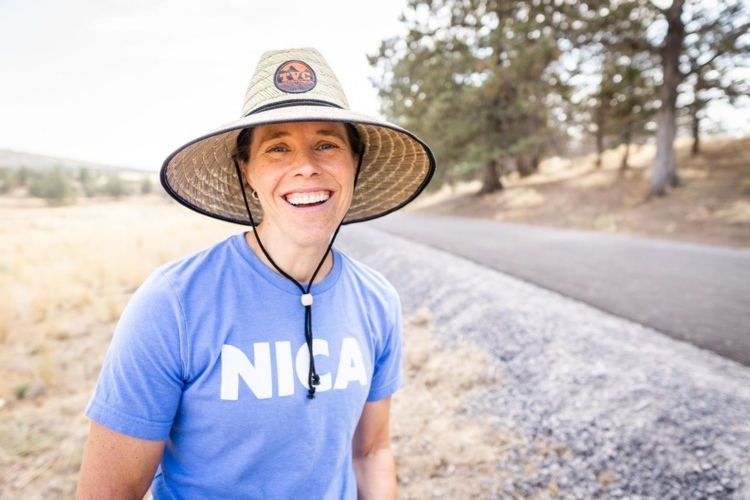
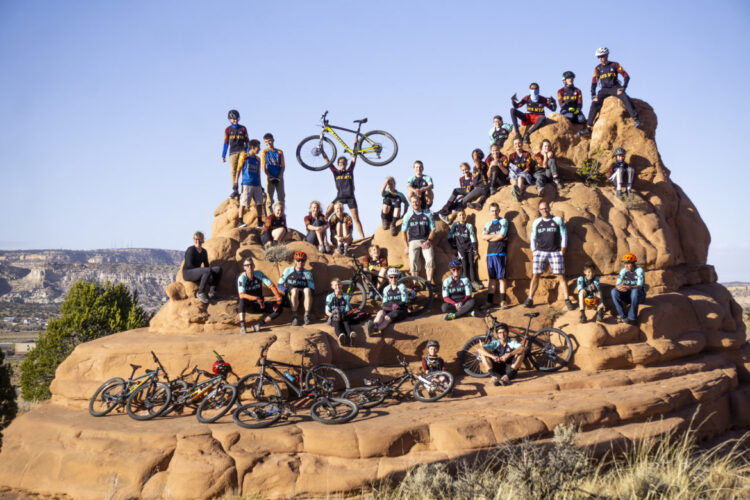


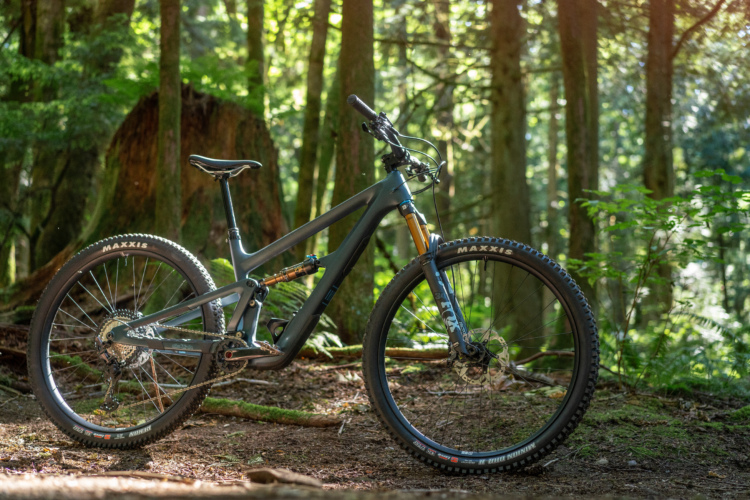

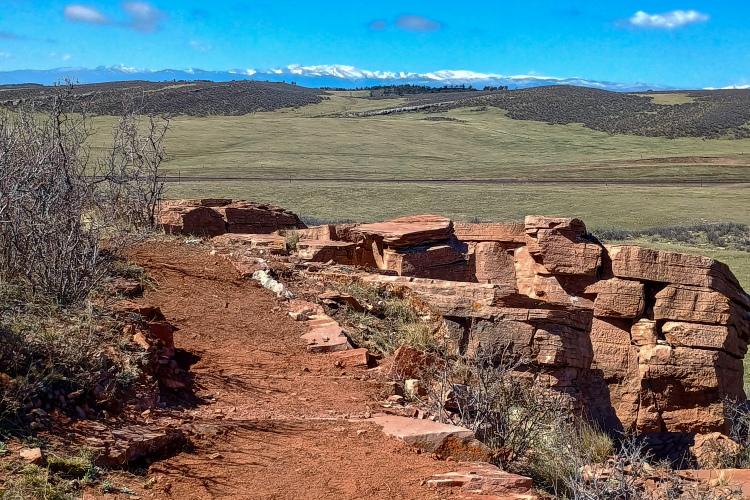
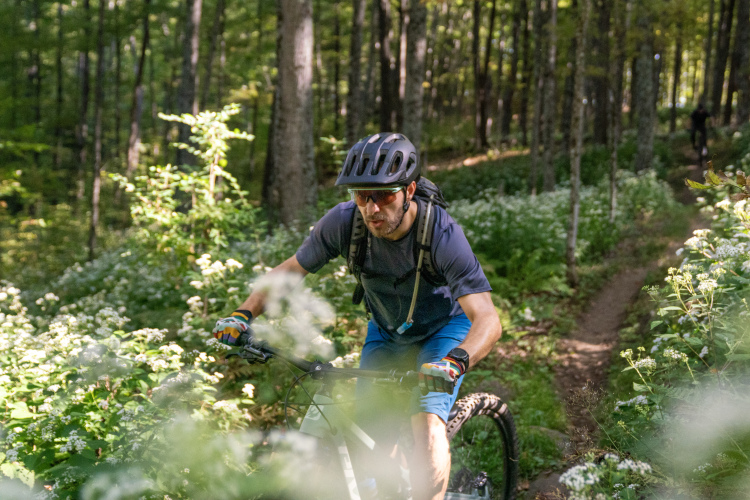

2 Comments
Aug 9, 2016
Aug 6, 2016